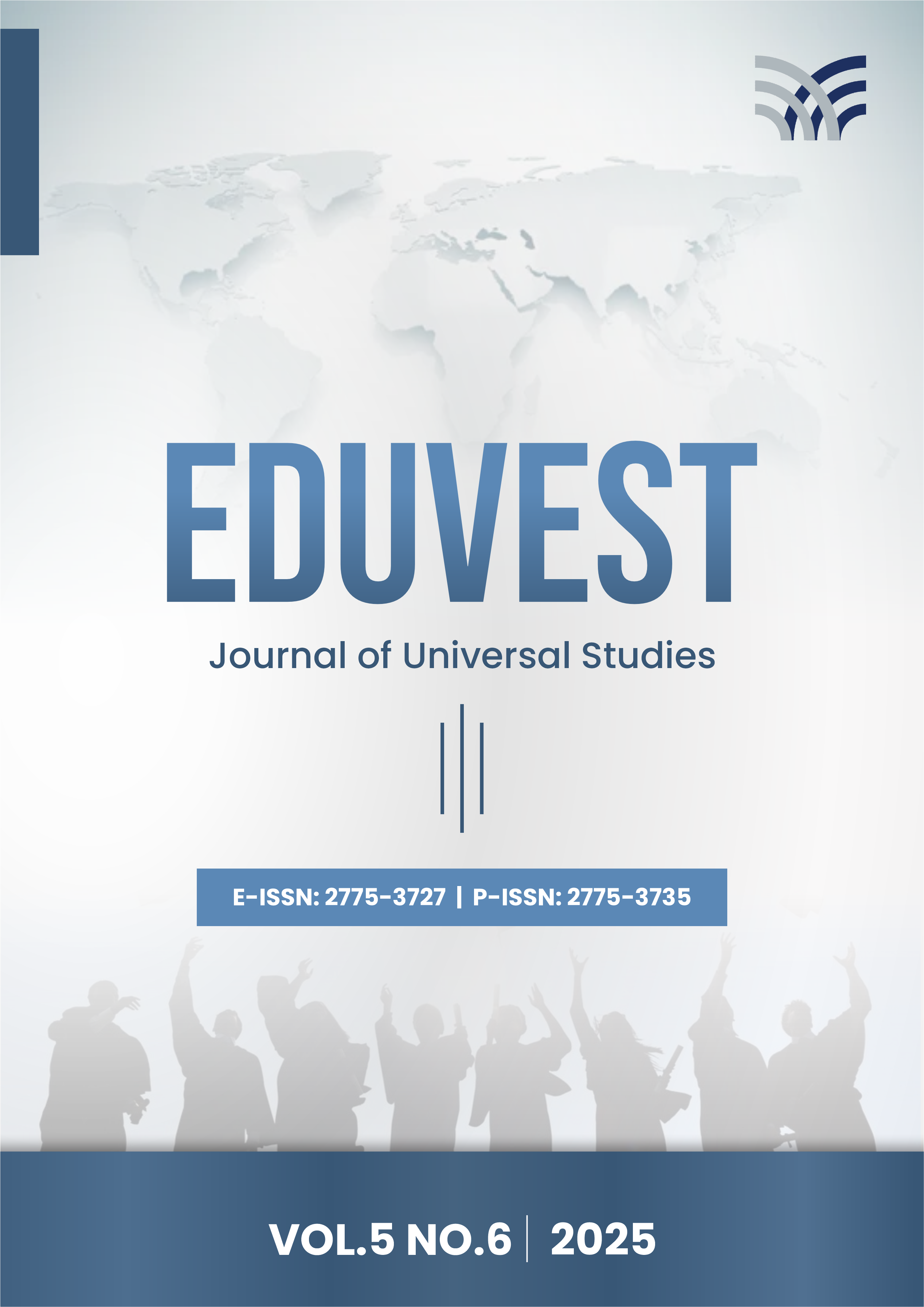Consumer Confusion Shopping in E-Commerce
DOI:
https://doi.org/10.59188/eduvest.v5i6.51388Keywords:
Consumer confusion, E-Commerce, Consumer trustAbstract
The growth of the digital trading industry in Indonesia is rapid and strategically significant for the economy. However, this growth also presents challenges, specifically consumer confusion when shopping online. This study aims to identify factors causing consumer confusion, determine the most dominant factor, and formulate strategies to mitigate this confusion. The main factors identified are excessive product choices, product similarities, and ambiguous or overwhelming information. Such confusion negatively affects consumer trust and satisfaction, influencing their purchasing decisions. Strategies proposed to reduce confusion include clarifying product information, simplifying choices, and enhancing communication between sellers and buyers. These findings offer practical benefits for digital businesses aiming to improve service quality and consumer shopping experiences.
References
Assiliou, V. (1999). Marketing causes and implications of consumer confusion. Journal of Product & Brand Management, 8(4), 319–339.
Akampurira, S., & Sam, Z. (2025). The impact of digital marketing strategies on consumer purchasing behavior: A case study of e-commerce businesses. Metropolitan Journal of Academic Multidisciplinary Research. Retrieved from ResearchGate.
Chauhan, S., et al. (2022). The role of information overload on consumers' online shopping behavior. Journal of Business & Management Studies. Retrieved from ResearchGate.
Go-Globe. (2024). The e-commerce boom: How online shopping is changing the world. Retrieved from Wikipedia, Go-Globe, and ScienceDirect.
Mathur, A., et al. (2019). Dark patterns at scale: Findings from a crawl of 11K shopping websites. arXiv. Retrieved from arXiv.org.
Morgan, R. M., & Hunt, S. D. (1994). The commitment-trust theory of relationship marketing. Journal of Marketing, 58(3), 20–38.
Mukherjee, A., & Nath, P. (2007). Role of electronic trust in online retailing. European Journal of Marketing, 41(9/10), 1173–1202.
Schwartz, B. (2006). The paradox of choice: Why more is less. Harper Perennial.
Schiller. (2025). The future of e-commerce: How digital marketing is redefining global trade. Retrieved from Wikipedia, Schiller.edu, and Go-Globe.
Speier, C., Valacich, J. S., & Vessey, I. (1999). The effects of task interruptions on information overload and decision quality.
Tjiptono, F. (2002). Marketing strategy. Andi Offset.
Turnbull, P. W., Leek, S., & Ying, G. (2000). Customer confusion: The mobile phone market. Journal of Marketing Management, 16(1–3), 143–163.
Walsh, G., & Thurau, T. H. (2003). Word of mouth communication in marketing: A conceptual framework. Journal of Marketing Communications, 9(1), 3–20.
Downloads
Published
How to Cite
Issue
Section
License
Copyright (c) 2025 Athallah Safir Manaf

This work is licensed under a Creative Commons Attribution-ShareAlike 4.0 International License.











